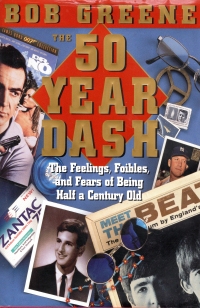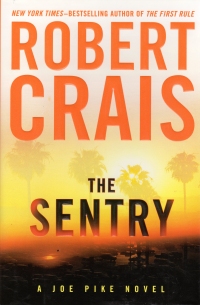Back in the olden days, circa 2001-2006, I could receive WSIE, the jazz station out of Edwardsville, Missouri, on my radio in my home office in Casinoport. I spent a lot of time listening to Laverne Holiday, Ross Gentile, Adam Tracy and Buddy Moreno, and E.B. Stevenson. I spent a lot of time in the office those days, since my hobbies included a lot of computer things (eBay, writing the novel, and starting this blog) and my first experience as a remote worker took place in that period.
When we moved to Old Trees, either the increased distance to the Southern Illinois University – Edwardsville or the plaster-and-lathe walls prevented the radio station from reaching my receiver, so I had to go with the KFUO classics station on the main receiver. It was okay; I was spending less time in those days in my office, since my career and my hobby went more toward being a daddy.
Back in the Casinoport days, I’d bought my beautiful wife an AirPort Express, the little wireless gizmo that would allow you to pipe songs from her Macintosh to the stereo receiver in the next room so she could listen to her ripped music while she crocheted. She did that a couple of times, but ultimately that gift was as useful and timely as the 100-disc CD changed I’d bought her a couple of years before ripping music to the computer became the norm.
I didn’t get much from it since I wasn’t ripping my music to the computer back then (I’m not what you’d call an early adopter). Besides that, in the dark family room in Casinoport, where I preferred to read, and in the lower level of the home on Old Trees, where I preferred to read, I had a DirecTV receiver, so I could listen to The Savoy Express or other stations on Sirius (later SiriusXM) and later on SonicTap as DirecTV and its partners cut costs and playlists. So that held me over.
This month, we cut our DirecTV. We were going to cut it altogether, but the retention office offered us $30 a month or some such with the free NFL package next year, so we kept it (we’ll see if they keep their part of it; I get the sense that after the fees and taxes are added on, our $30 a month will almost be the original price). But the move removed the music channels from the selection. So I was a bit at a loss.
Except several factors converged: WSIE now has a live stream on the Internet. I have a Macintosh with a wireless card of my own. And we still have that old AirPort Express; we even had it hooked up to the receiver in the family room, but it was not plugged in. So I set to work last night configuring it.
I’d had some dread about doing it, as with those things that you configure once every couple of years, you forget the password and have to reset it to factory defaults to get it hooked up. But I started the efforts last night, with plugging it in, resetting it, getting my Mac to see it, rifling through old Apple documents and help forums on the Web, and trying to figure out the default password or how to reset the password and not seeing the prompts on the screen that the manuals said were on the screen, and suddenly (to me), my wife revealed she knew the password since she had configured the AirPort in this very house to stream music from her Mac, although she probably only did it the once to make sure it worked.
And suddenly, six years later, I can listen to WSIE while I read.
Brothers and sisters, I cannot express how happy this makes me. It’s a taste of a pleasant period in the past, which is always more stark in relief than the pleasant things in the present which are mixed with unpleasant things in the present to kind of obscure them, at least to me.
But jazz in the living room, albeit not the locally produced and disk jockeyed jazz of the Casinoport era (the station let go its local DJs in 2009 to save money). But, ah, I can get WSIE (and KCSM, for that matter).
(Couldn’t you have just streamed Pandora through the Roku?) Baby steps into the 21st century for me. Baby steps.
(Haven’t I read this post before?) I did post a similar history when I found the WSIE live stream last summer.










